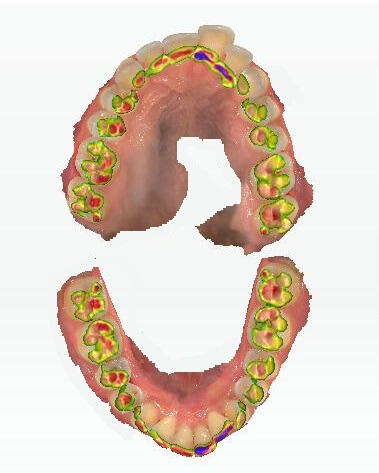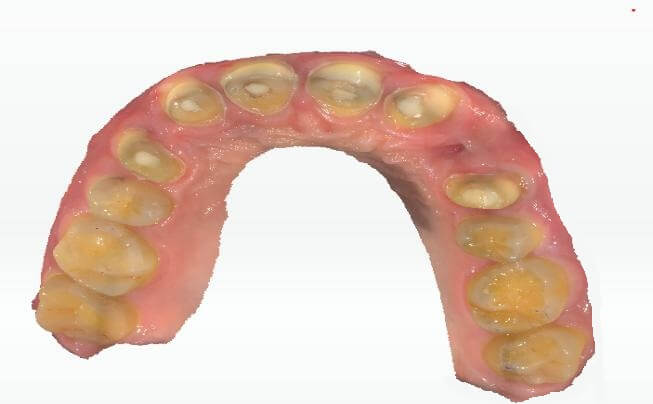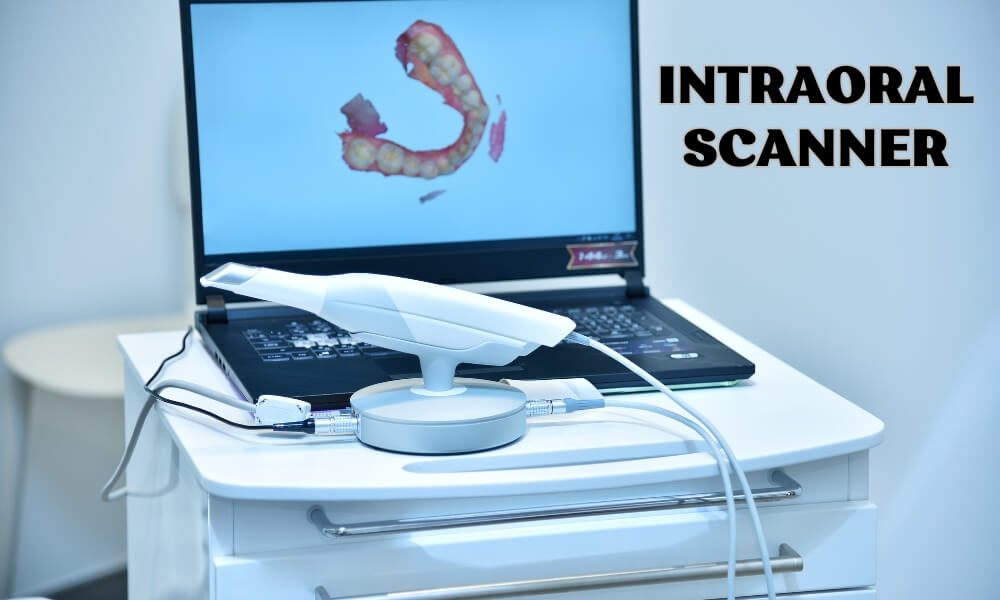Intraoral Scanner
In recent years, rapid development in technology brought about changes in various fields. Even in dentistry, intraoral scanners are the cornerstone of digital dentistry.
What Is an Intraoral Scanner?
An intraoral scanner is a handheld device used to directly create impression data of the oral cavity.

How To Take It?
1. Preparation of The Scanner
The scanner must be connected to its system. Patient details and other field requirements should be filled in. Disinfect the head of the scanner. Make sure the mirror in the sensor is clean and dry.
2. Preparation of The Patient
The patient’s teeth should be clean and dry without any saliva or blood. Remove any removable appliances like dentures or retainers.
3. Scanning
Start the scanning in the upper arch from one end of the teeth. First, record the occlusal surface followed by buccal and lingual. Move slowly to get a high-quality scan; sudden movement may cause distortion. Pause the scanner and check for any missed areas, shown in either white or green spots. Similarly, scan the lower arch, dealing with difficulties in recording the lingual surface.
4. Bite Registration
After scanning both arches, register the bite by asking the patient to bite in their natural position. Move the scan to either the right or left side; the software will capture and save it. Repeat on the other side.

5. Finalizing The Scan
Compare the scan with the patient’s teeth and cheek for occlusion. Unwanted areas can be removed or edited using editing tools. Save the final scan and send it to the lab.

How Is It Helpful for Patients?
- Comfortable and time-saving.
- Avoids messy work or gagging.
- Avoids multiple appointments.
How Is It Helpful for Dentists?
- Avoids dental materials wastage.
- Spots errors immediately.
- Makes documentation and file duplication easy.
Advantages of Intraoral Scanner
- Fine preparation in crown preparation can be easily recorded, especially the finish lines and gingival seat.
- Used for crown fabrication over implants.
- Used for planning splint fabrication in orthognathic surgeries.

Disadvantages of Intraoral Scanner
- The presence of saliva and blood stains can interrupt scanning.
- Restricted mouth opening may cause difficulty due to its large head.
- Patients have to keep their mouths open for a quite long time.
Nowadays, patients are more concerned about time management. These digital impressions require less working time. Although it is quite costlier, it is worthier. We can say goodbye to alginate, and plasters, and simplify the process with effective results.

